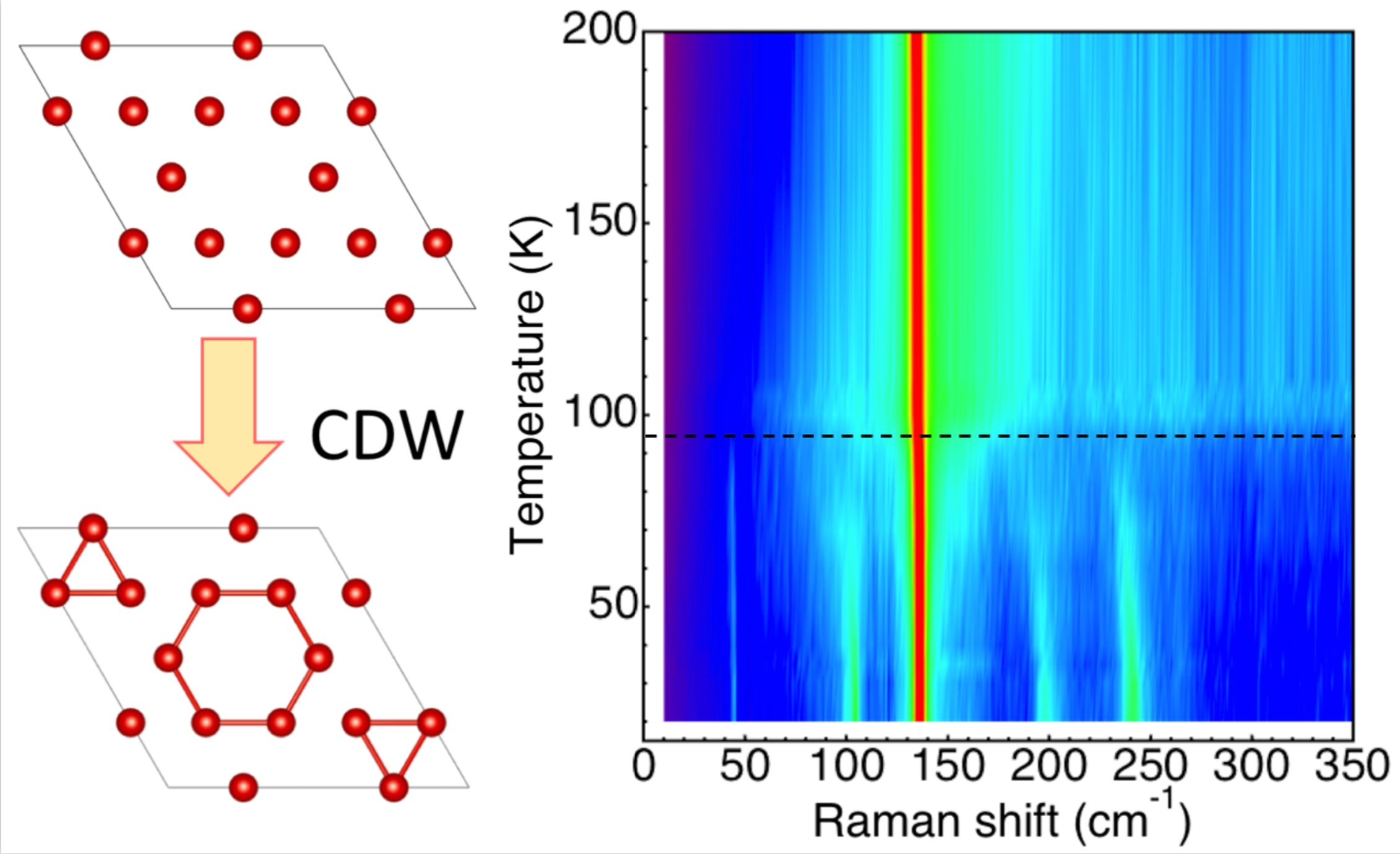Recently, a three-dimensional charge density wave order (a spatial modulation of electron charge density), which coexists with superconductivity at low temperatures, was discovered in AV3Sb5 (where A is Cesium, or Rubidium, or Potassium) kagome lattice (a geometrically-special atomic structure characterized by corner-sharing triangles). Researchers arise tremendous interest in this system as it is associated with many exotic quantum phenomena. Previous x-ray diffraction measurements have reported contradicting low temperature three-dimensional structures: a two-layer structure or a four-layer structure along the c-axis direction. These different charge density wave structures (one-layer structure, two-layer structure, four-layer structure) are related to several different lattice instabilities which are the driving force for these structures. Which lattice instabilities play the leading role, and how it interplays with other lattice instabilities, are not yet conclusively understood. Here, we present x-ray, Raman, density function theory results to reveal the leading order parameter in kagome metal systems.
By analyzing the x-ray and Raman scattering data and combining density function theory calculations, we establish that the order parameter that leads to the four-layer structure is primary while the ones contributing to the one-layer and two-layer structures are secondary. Additionally, we evidence two successive structural phase transitions in CsV3Sb5: the first one associated with a primary order parameter and the second one related to the secondary order parameter appearing at an intermediate temperature below the structure phase transition. The interplay between the primary and secondary order parameters contributes to the several anomalies in the temperature dependence of Raman data.
Our results provide an accurate basis for studying the interplay between multiple charge density wave order parameters in kagome metal systems, especially when these charge density wave order parameters are tuned by carrier doping, external pressure, or strain. In addition, they illuminate the studies of competing orders in several condensed-matter systems.
WebLink: Phys. Rev. B 105, 155106 (2022) (Editors’ Suggestion) ArXiv Link: arXiv:2201.05188 PDF: File
